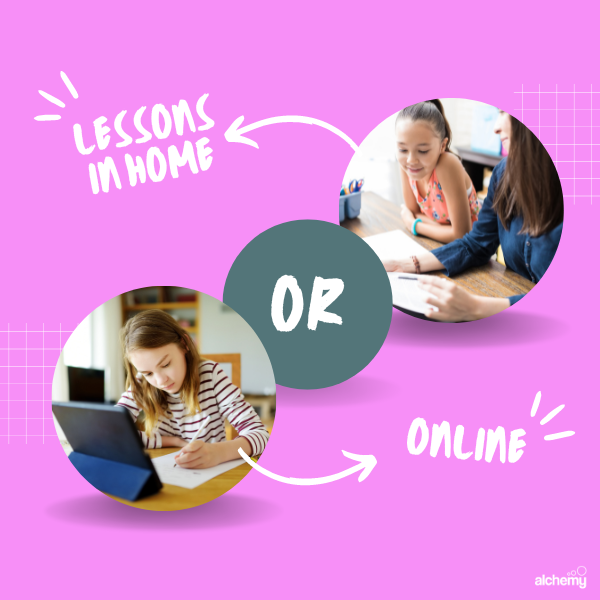Picture your child not simply sitting in class, passively listening, but actively engaged, interacting with the topic, and fully understanding it. This is what active learning is all about. But what exactly is it, and how might it benefit your child? Active learning is more than simply paying attention in class. It engages students in the learning process, transforming them from passive listeners into active participants. Think of it as the difference between watching a culinary show and creating your own dinner. When your child is actively learning, they are engaged, critical thinkers who apply what they have learned in real-time. Follow along to find out how to do active learning.
1. Asking questions and encouraging curiosity
Encouraging your kid to ask questions can make a major difference. Questions like “Why is the sky blue?”” or “How do plants grow?” can spark interest and lead to higher knowledge. When your child asks questions, they are actively interacting with the topic and thinking critically. You may even make it a game! Each day, challenge your child to ask three new questions regarding what they’ve learned.
2. Use real-world examples
Connecting teachings to real-world experiences might help your kid understand the importance of what they are learning. For example, if kids are studying fractions, you might make a cake together and use measures to demonstrate the idea. Alternatively, if they’re studying ecosystems, a trip to the local park might give hands-on practice. Real-world examples make learning more meaningful and remembered.
3. Encourage group study and discussion
Studying with pals may make learning more sociable. Group conversations and collaborative projects help students to express their ideas, listen to others, and expand on them. It’s like a team sport in which everyone plays a part and learns from one another. You can set up study groups or encourage the kids to engage in group projects.
4. Incorporate technology
In today’s digital world, technology may be a very effective tool for active learning. Learning may be made more interesting with educational applications, interactive websites, and online videos. For example, Khan Academy and Duolingo provide interactive lectures and quizzes. These technologies may give immediate feedback and adjust to your child’s learning speed, making studying more personal and enjoyable.
5. Encourage reflection
Encourage your kid to reflect on their learning after each session. This might be writing, talking with you, or passing on the idea to a sibling or friend. Reflection helps to integrate information and allows your child to think about how to apply what they’ve learnt. It’s like taking a minute to reflect on a journey and appreciate how far you’ve gone.
Conclusion
Active learning is about more than simply obtaining good marks. It’s about developing a lifelong passion of learning. Encourage your kid to ask questions, apply lessons in real life, collaborate with classmates, use technology, and reflect on their learning to help them build skills that will benefit them well beyond the classroom. Active learning may involve more effort, but the benefits are definitely worth it. Let us work together to make learning an engaging experience for your kid. After all, education is more than just filling a bucket. It’s about starting a fire. Let us spark that fire together via active learning.





